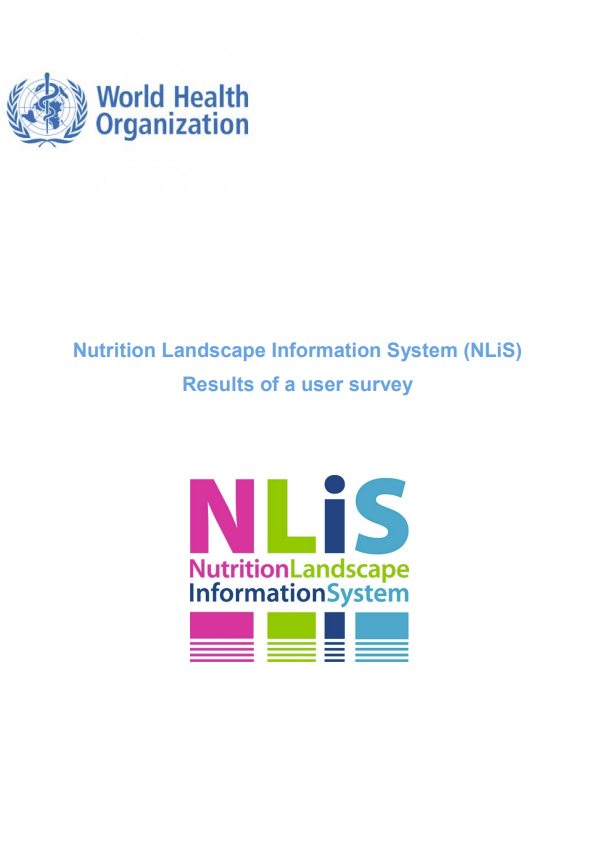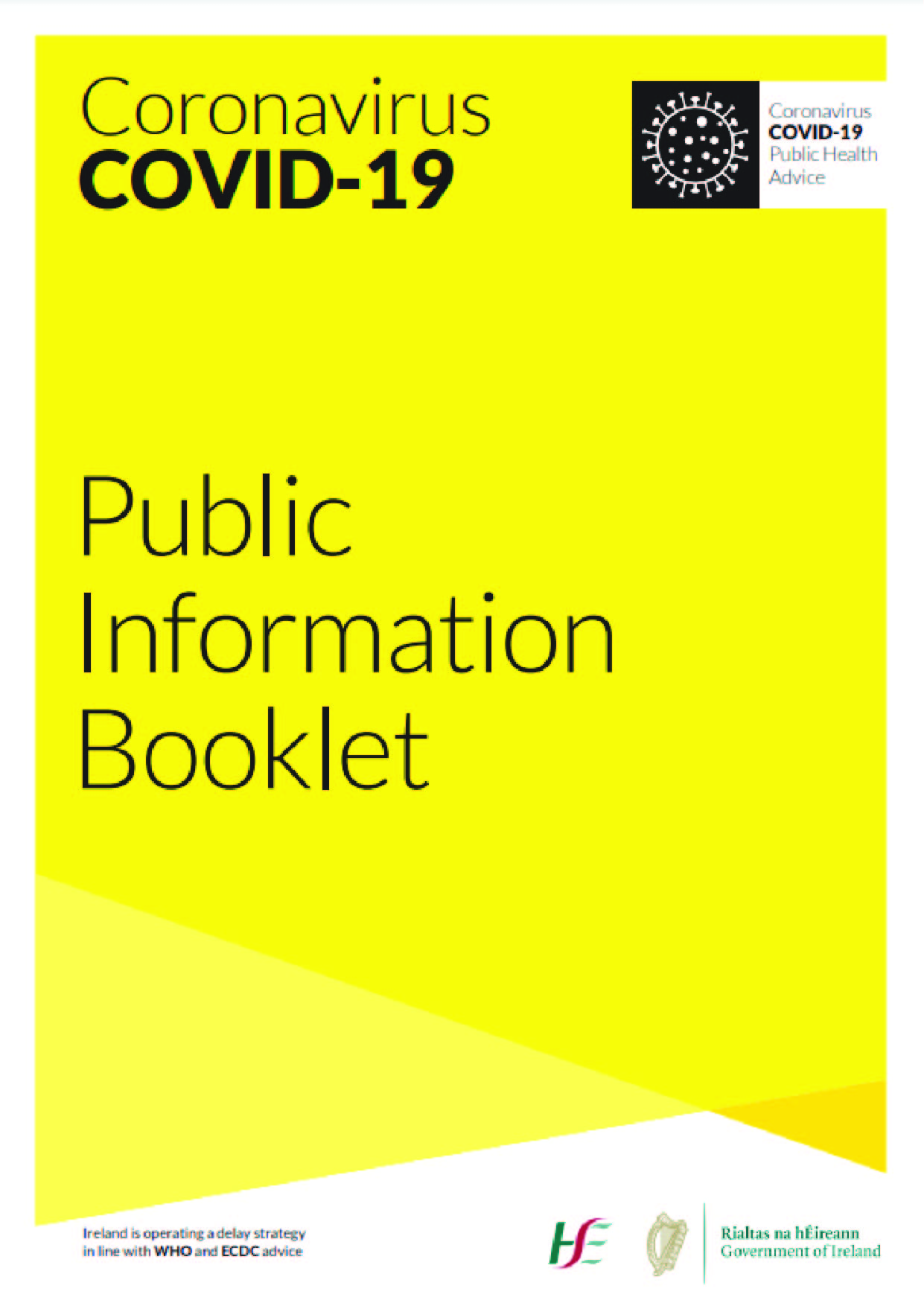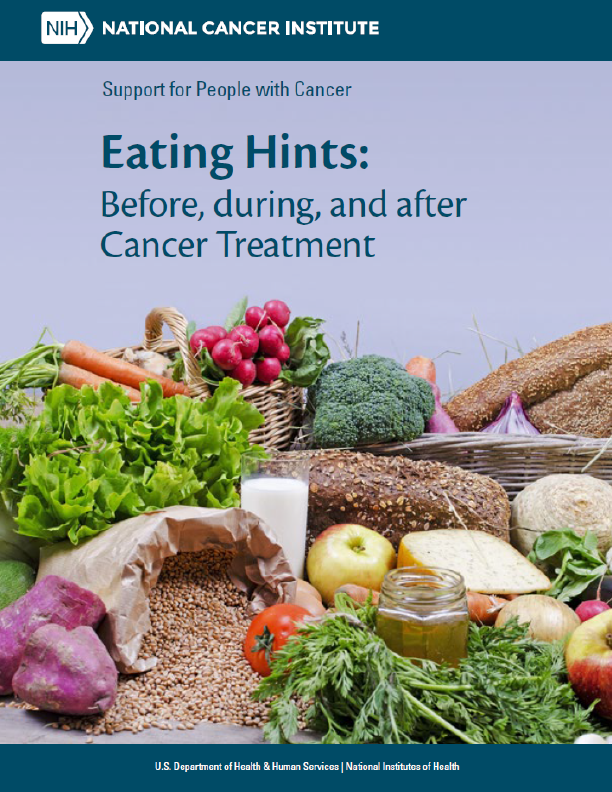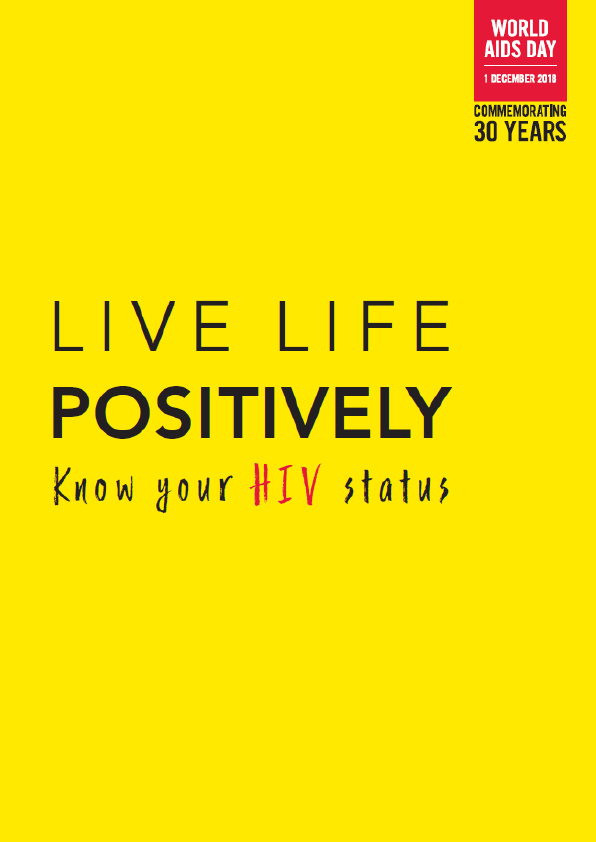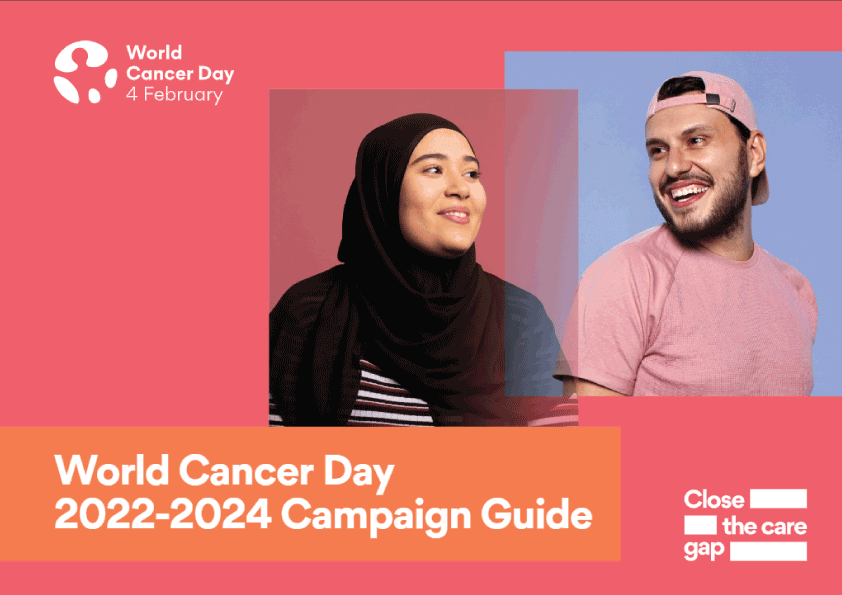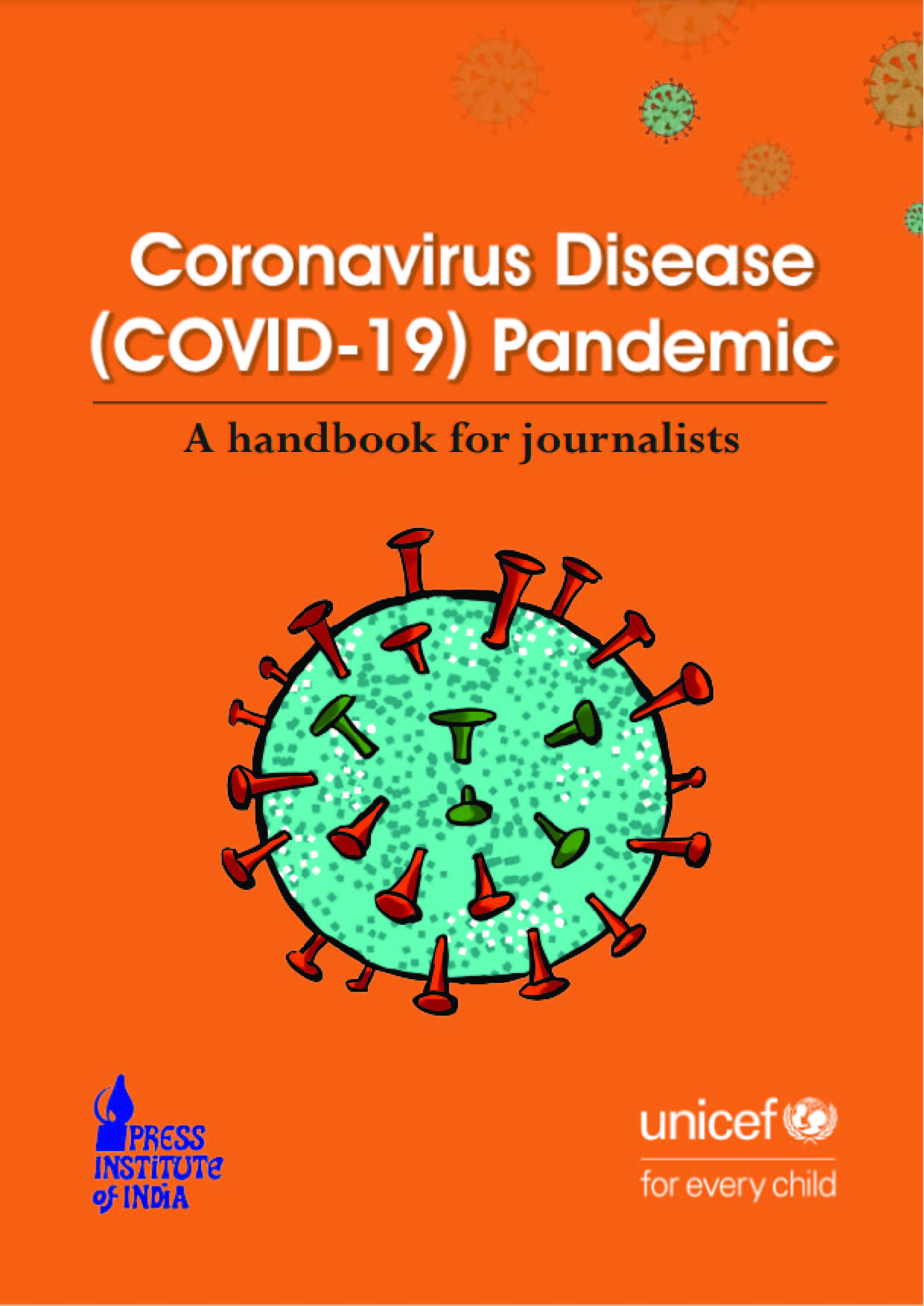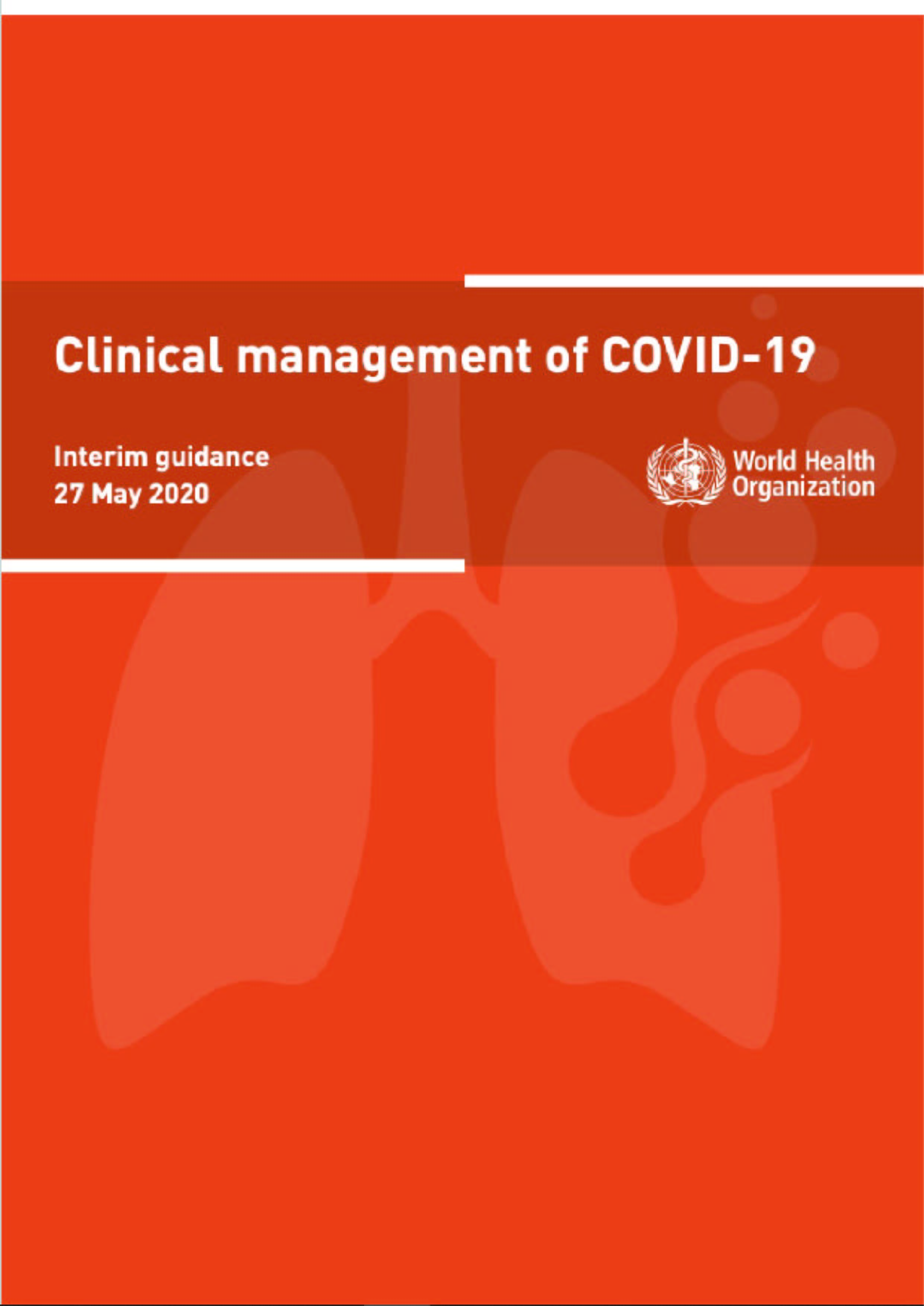The Nutrition Landscape Information System (NLiS) links all existing global nutrition databases as well as other relevant nutrition-related data available from partner agencies and presents these data in the form of automated country profiles.1 Since the introduction of NLiS in 2009, the World Health Organization (WHO) has worked to improve its structure and quality of content. After the Global Nutrition Monitoring Framework (GNMF) was adopted by the 68th World Health Assembly in 2015 to monitor the achievement of the six Global Nutrition Targets for 2025, NLiS was identified as the platform to incorporate the indicators of the GNMF. Once all 21 indicators of the GNMF had been finalized, it was incorporated into NLiS in December 2017.
This report presents the results of a user survey that was conducted in October–November 2018.
The following are some key findings of the survey:
• 75 respondents representing all WHO regions and various sectors and professions responded to the user survey;
• respondents gave high ratings to both the ease of use of the survey and the quality of the content, with most respondents indicating that the information provided in NLiS is helpful;
• of all indicators monitored in NLiS, including those of GNMF country profiles, 65% of the respondents indicated that they were interested in GNMF primary outcome indicators (i.e. Global Nutrition Targets), 64% in vitamin and mineral deficiency indicators, and 62% in the policy environment and capacity indicators;
• some examples of how respondents benefited from and used the information from the NLiS country profiles include:
- helping in designing and prioritizing interventions for policy and program development;
- supporting countries in developing nutrition surveillance systems;
- preparing country briefings and case studies with respect to nutrition;
- preparing for country workshops and university lectures; and
- preparing donor assessments;
• most respondents (92%) indicated that they would be likely to recommend the use of NLiS to colleagues or professional acquaintances;
• most respondents (90%) indicated that they would be likely to use NLiS again, to obtain required nutrition-related information for countries; and
• respondents thought that the NLiS website was known only to a small, limited group of users – therefore, strengthened advocacy and dissemination strategies would be required to improve its further dissemination (i.e. through channels such as regional workshops and publications, and regular updates through email listservs).
